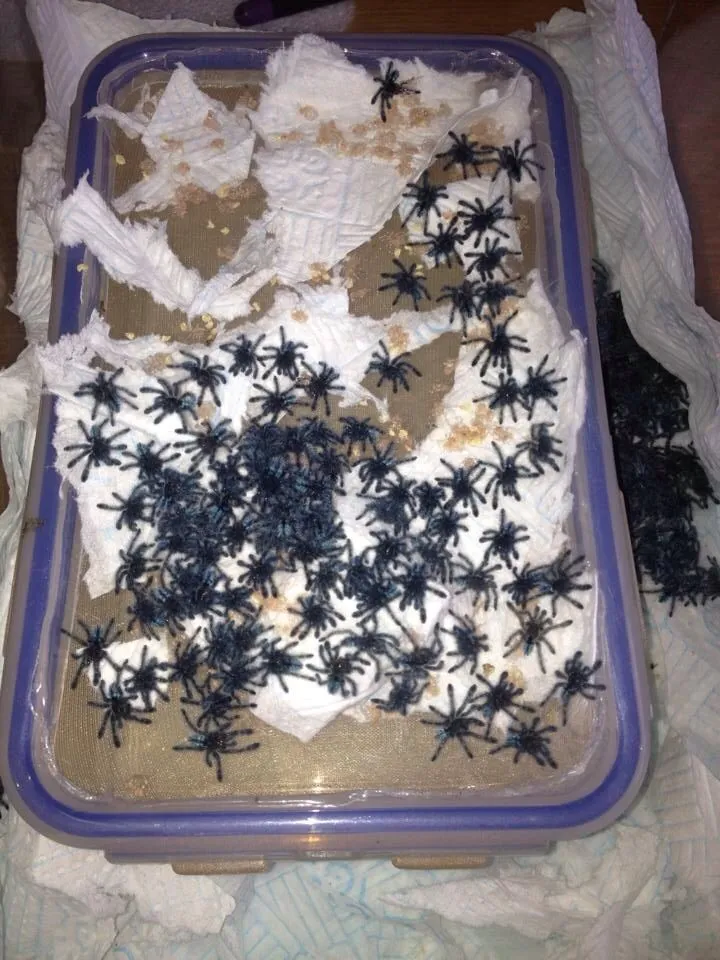Understanding Tarantula Breeding
Breeding tarantulas can be a rewarding experience for the dedicated hobbyist, allowing you to witness the fascinating life cycle of these arachnids. However, it’s a process that requires knowledge, patience, and a good understanding of their specific needs. Unlike some pets, tarantulas have very specific environmental and biological requirements that must be met for successful breeding. This includes understanding their natural cycles, mimicking their preferred climate conditions, and knowing how to care for both the adult tarantulas and the resulting spiderlings. Success also hinges on proper preparation and attention to detail, from sexing your tarantulas to providing the optimal environment for mating and egg development. With the right approach, you can successfully breed tarantulas and contribute to the responsible growth of the tarantula-keeping community.
Factors Influencing Breeding
Several factors significantly influence the likelihood of successful tarantula breeding. These include temperature, humidity, and the seasonal cycles that trigger mating behavior in these creatures. The overall health and age of the tarantulas play a critical role, too. A well-fed and healthy female is more likely to produce a viable egg sac. Understanding the species-specific requirements is also crucial, as different tarantula species have varying preferences. For example, some species thrive in warmer and more humid environments, while others prefer cooler, drier conditions. Moreover, providing a stress-free environment and minimizing disturbances is essential, as stress can negatively impact the breeding process. Properly replicating their natural habitat, including appropriate substrate and hiding places, can also encourage mating behavior.
Temperature and Humidity
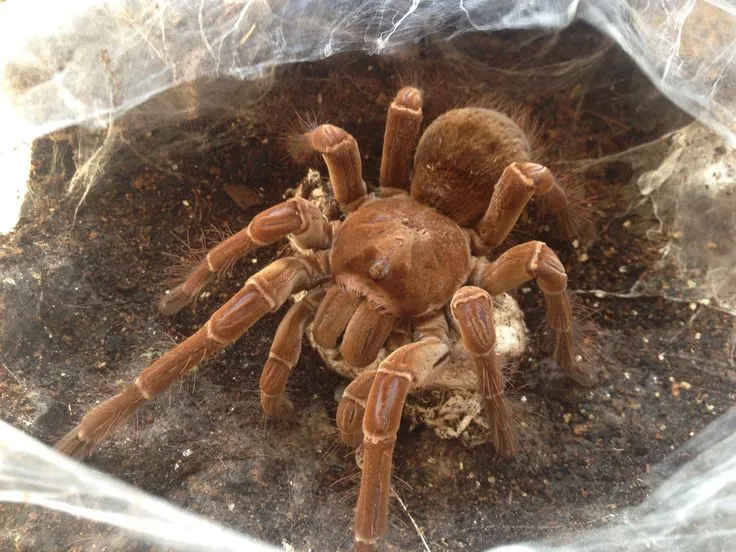
Temperature and humidity are paramount for successful tarantula breeding. Most species require a specific temperature range to thrive and breed. Providing consistent temperatures, simulating the natural conditions of their native habitats is critical. Monitoring and regulating humidity levels, using a hygrometer, is equally important. Too little humidity can cause the tarantula to struggle to molt or even die. Too much humidity can encourage the growth of mold or bacteria, which can harm the tarantulas and their eggs. The specific requirements vary widely among species. Researching the ideal conditions for your specific tarantula species is therefore essential before attempting to breed them. Consider using a thermostat and a humidistat to closely control and maintain optimal environmental conditions.
Seasonal Breeding Cycles
Tarantulas often breed in response to seasonal changes, mimicking the cycles they would experience in the wild. The change in temperature, humidity, and the availability of food associated with the seasons can trigger breeding behavior. Understanding these natural cycles can significantly improve your chances of success. Many tarantula species are more likely to breed during specific times of the year, often corresponding to their natural mating season in their native environments. For example, the rainy season in many tropical habitats often coincides with the optimal time for breeding. Carefully observing the behavior of your tarantulas and aligning your breeding attempts with these seasonal cycles can increase the likelihood of a successful mating and egg sac production. Simulating these seasonal changes within their enclosure, such as adjusting temperature and humidity, can often stimulate breeding behaviors.
Top 5 Optimal Times to Breed Tarantulas
Spring Breeding

Spring often represents a good time to breed tarantulas, mirroring the natural breeding season for many species. The increased temperature and humidity that typically accompany spring can simulate the conditions that trigger mating behavior in many species. It is important to ensure that the conditions in their enclosure are stable and suitable, as unpredictable weather fluctuations might negatively impact breeding success. Offering a varied diet and observing the female’s behavior is crucial during this time. If the female is receptive, the mating process can be initiated. Be prepared to provide her with an environment that she feels safe in after the mating occurs. Carefully monitor the female for signs of an egg sac, such as increased appetite and burrowing behavior. Good record-keeping on temperature and humidity levels is beneficial during the spring breeding season.
Advantages of Spring Breeding
Spring offers several advantages for tarantula breeding. Firstly, the natural increase in temperature and humidity makes it easier to create and maintain the ideal breeding environment. Secondly, the abundance of food sources, such as insects, during spring often provides the female tarantula with the necessary nutrients to produce a healthy egg sac. Thirdly, the moderate climate allows for relatively stable conditions, reducing the risk of extreme fluctuations that could disrupt the breeding process. The availability of a wide range of feeder insects means you can provide the female with a balanced diet. In addition, the longer daylight hours can help to simulate the natural breeding cues of many tarantula species, promoting successful mating and egg development. Furthermore, the warmer temperatures may speed up the spiderlings’ growth, enabling faster maturation.
Summer Breeding
Summer can also be a favorable time for breeding many tarantula species, especially those originating from warmer climates. The consistent warmth and high humidity levels that characterize summer can create a conducive breeding environment. However, it’s essential to monitor the enclosure closely, ensuring that conditions don’t become excessively hot or humid, which can harm the tarantulas. Be extra vigilant about ventilation and preventing the growth of mold or bacteria. Maintaining a clean environment and providing a varied diet is vital to ensure the female tarantula is in prime condition for mating and egg production. Prepare a suitable enclosure for the female tarantula to lay her eggs, creating a safe space. Record any changes in the tarantulas’ behavior and the conditions within the enclosure to track progress and identify any potential issues. Observing the females will help to understand the process in order to improve the success.
Advantages of Summer Breeding

Summer breeding can offer several advantages, especially for species that thrive in warmer, more humid environments. Firstly, the consistently warm temperatures facilitate a natural breeding cycle, promoting mating and egg development. The high humidity levels typical of summer support the female’s health and the proper development of the eggs. Secondly, the abundance of insects and other food sources during the summer provides ample nutrition for both the female and the developing spiderlings. Thirdly, longer daylight hours create favorable conditions for mating behavior and the overall reproductive cycle. This can mean a faster growth rate of the spiderlings. Overall, with careful monitoring and management, summer breeding can provide a conducive environment for successful tarantula reproduction.
Autumn Breeding
Autumn can present a unique opportunity for tarantula breeding, particularly for species that experience a distinct breeding season in the wild during this time. The gradual decrease in temperature and humidity can sometimes mimic the environmental cues that trigger breeding behavior. However, it is important to carefully control environmental conditions to ensure optimal conditions are met. This might mean adjusting the enclosure’s temperature and humidity levels to suit the specific requirements of your tarantula species. Monitoring the tarantulas closely for signs of mating behavior is crucial. The reduction in light levels and temperature might trigger mating behavior in some species. It is often beneficial to acclimate both the male and female tarantulas to a controlled environment prior to the breeding attempt to ensure proper conditions. Providing a safe, secure enclosure will further enhance the likelihood of successful mating.
Advantages of Autumn Breeding
Autumn breeding may offer advantages for certain tarantula species. Many species have evolved to breed during the transition period from warmer to cooler temperatures. The slightly cooler temperatures of autumn can stimulate mating behavior, especially if the conditions are closely managed. The availability of food, while possibly declining compared to summer, remains sufficient to support the female tarantula during egg development. Breeding during autumn may allow the spiderlings to mature at a steadier rate without the intensity of extreme heat. The cooler temperatures can sometimes minimize the risk of overheating or dehydration, promoting a healthier breeding environment overall. This may be the best time for some species as well, as it more closely matches their natural breeding habits, yielding more successful breeding results.
Winter Breeding
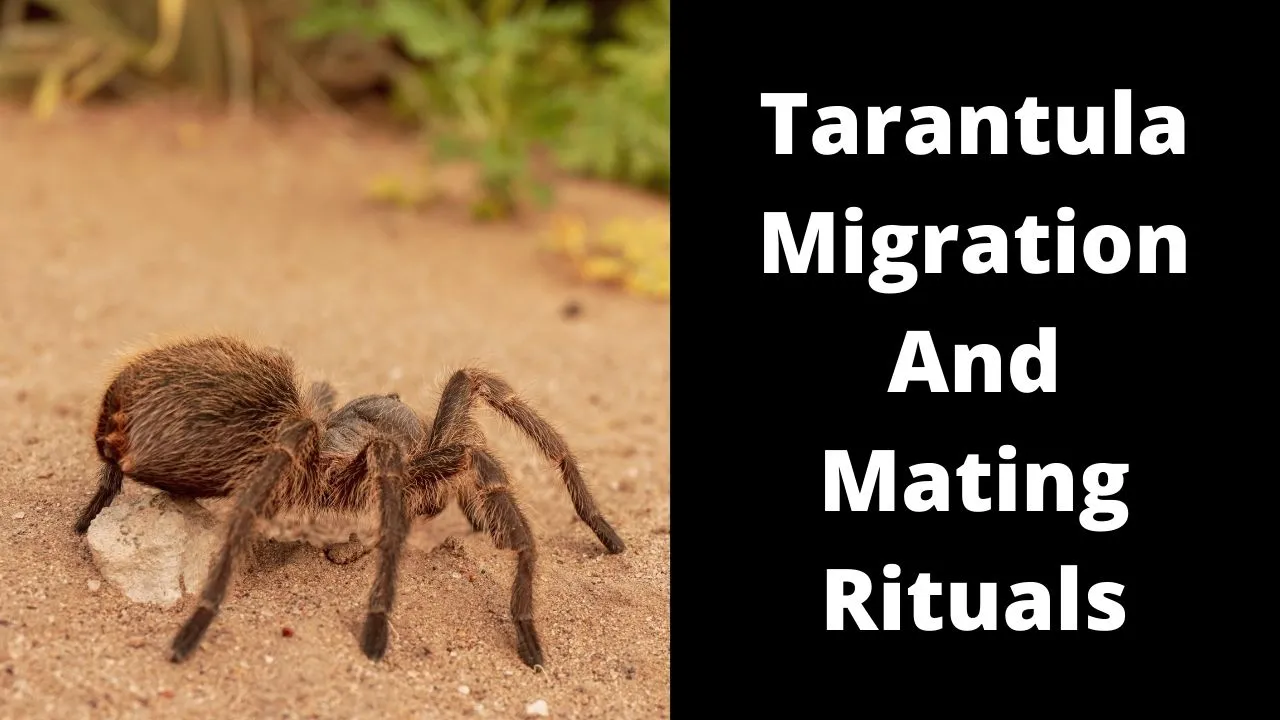
Winter can be a challenging time to breed tarantulas, as it requires meticulous control of environmental conditions to replicate their natural breeding environment. Maintaining optimal temperature and humidity levels can be difficult and costly, especially in colder climates. It is essential to have a reliable heating system and a humidifying system, and to monitor both closely to prevent any environmental fluctuations. Be prepared to adjust the conditions as needed to ensure the tarantulas’ well-being. Only attempt breeding during the winter if you have experience and are ready to dedicate significant time to maintaining the enclosure. Before attempting to breed during winter, you must have the proper setup. Careful preparation and research is essential to understanding your species’ needs. Provide a varied diet and monitor the tarantulas carefully, watching for signs of stress or illness. The more time spent researching the species, the higher the probability of success.
Advantages and Disadvantages of Winter Breeding
Winter breeding presents both advantages and disadvantages. On the plus side, the controlled environment may allow for precise management of temperature and humidity, potentially leading to more successful breeding. It might also be the only breeding window for species that breed during the colder months in their natural habitat. However, the disadvantages include the high cost of maintaining optimal conditions, the increased risk of equipment failure, and the difficulty of replicating the natural breeding cues. The availability of food can also be limited. This season poses challenges. Therefore, it is only recommended for experienced breeders with adequate resources and knowledge. Without proper monitoring and attention, the tarantulas can face significant risks, leading to potential harm or death. Careful research and preparation are essential for any chance of success.
Year-Round Considerations
Regardless of the season, some factors are crucial to consider when breeding tarantulas. This includes maintaining a clean and stress-free environment. Regularly cleaning the enclosure and providing a suitable substrate are essential. Providing a balanced and varied diet to the adult tarantulas, especially the female, is also vital. Monitoring the health and behavior of your tarantulas is an ongoing process, watching for any signs of illness or stress. Proper documentation of conditions and observations is helpful to understanding breeding habits. Adequate preparation and a clear understanding of the species-specific requirements are vital for increasing your chances of success. Having a backup plan in case of equipment failure is also recommended. Consult experienced breeders and online resources for additional support and advice.
Pre-Breeding Preparation

Sexing Your Tarantulas
Accurately determining the sex of your tarantulas is the first step in the breeding process. This can be done through several methods. Examining the ventral side (underside) of the tarantula is the most common method. Male tarantulas typically have a mating hook on their front legs, which they use to hold the female’s fangs during mating. They also have a modified pedipalps called ‘boxing gloves’ that are used to transfer sperm. Females possess a spermatheca (receptacle for sperm), which can be viewed during molting. You may need a magnifying glass or specialized equipment to examine the underside. Another method involves examining the exuviae (shed exoskeleton) after the tarantula molts. If you are unsure, consult with an experienced tarantula keeper for assistance. Accurate sexing is crucial to avoiding injury and wasted time.
Acclimation and Feeding
Before attempting to breed, acclimate both male and female tarantulas to their breeding enclosure and feed them a nutritious diet. Acclimation may include gradually adjusting their enclosure conditions to match the ideal temperature, humidity, and substrate for breeding. Provide the female with ample food, ensuring she is healthy and well-nourished. A healthy female is much more likely to produce a viable egg sac. The male should also be well-fed but not overfed, to maintain activity levels. Ensure that both tarantulas are free from any health problems and that they are in optimal condition for breeding. Acclimation period can vary depending on the species. It is important to carefully observe the behavior of both tarantulas for signs of readiness.
Creating the Breeding Environment
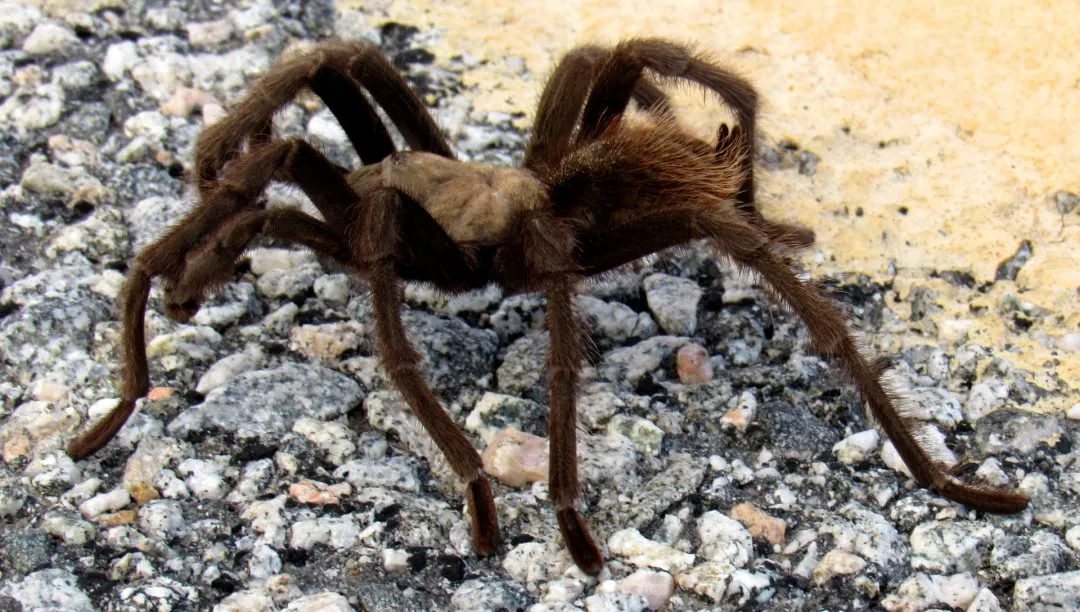
Set up a suitable breeding enclosure to encourage mating and provide a safe environment. The enclosure should be of adequate size for the species and include appropriate substrate, hiding places, and water sources. Ensure that the temperature and humidity are carefully controlled and maintained to mimic the natural environment. Prepare the enclosure with the appropriate substrate. Make sure the enclosure is clean and free from potential hazards. Prior to introducing the tarantulas, make sure to acclimate the enclosure to their breeding environment. Provide ample hiding places for the female, which will make her feel secure. Maintain consistent environmental parameters, record everything, and minimize any disturbances. The safety and well-being of both the male and female tarantulas is the ultimate goal. A properly prepared environment greatly enhances the chance for a successful breeding.
Post-Breeding Care
Egg Sac Management
After the successful mating, the female tarantula will produce an egg sac, which will need careful management. The female may either carry the egg sac or leave it in the enclosure. It is important to monitor the female for signs of an egg sac, such as a change in behavior, and an increased appetite. Should the female appear to be neglecting the sac, or if the environment is not ideal, you may need to remove the egg sac. Incubation can be done either by the female or manually. If manually incubating the egg sac, maintain optimal temperature and humidity conditions. Carefully inspect the egg sac for signs of mold or other issues. Provide appropriate care for the egg sac, ensuring optimal conditions for the spiderlings’ development. Keeping records on egg sac development and the timeline is useful. If the sac is handled, do so gently to avoid damaging the eggs. Be patient and watch for the spiderlings to hatch. Consider consulting experienced breeders for advice during this crucial stage.
Raising Spiderlings
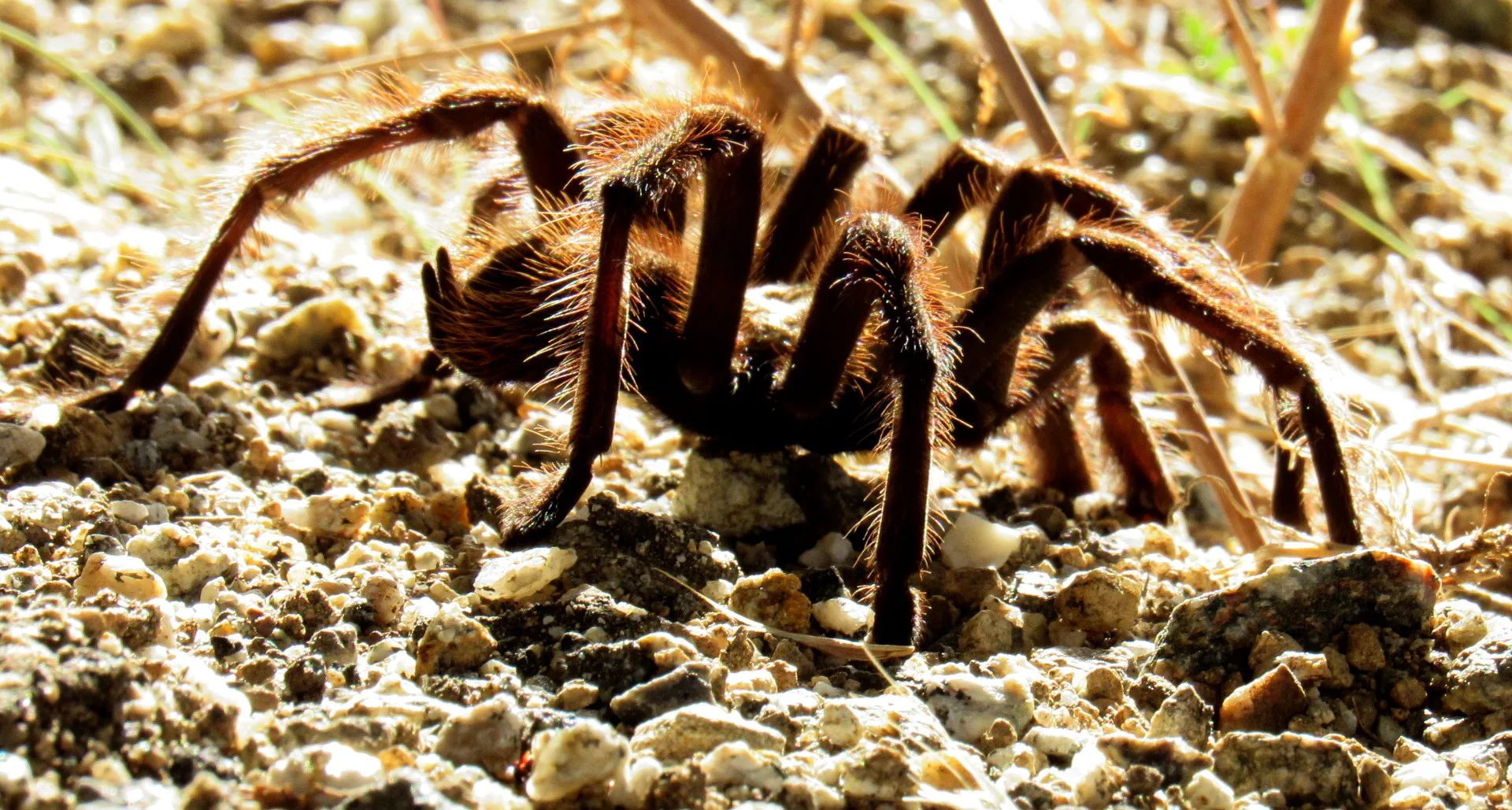
Once the spiderlings hatch, provide them with appropriate care to ensure their survival and healthy development. This involves providing small food items like fruit flies or pinhead crickets. Ensure proper ventilation and maintain the right temperature and humidity levels within their enclosure. Keep the enclosure clean and free from potential hazards. Separate the spiderlings into individual enclosures as they grow to prevent cannibalism. Regular observation is necessary to monitor their growth and identify any potential health problems. Consult resources to determine appropriate care based on your tarantula’s specific needs. Record the spiderlings’ development, including molting and growth rates. Provide appropriate food, water, and a safe environment to help them grow and thrive. Be sure to offer guidance and share your knowledge with others.
Troubleshooting
Common Breeding Issues
Tarantula breeding can be challenging, and several issues can arise during the process. Some common problems include failure to mate, infertile eggs, egg sac abandonment, or problems with spiderling survival. Failure to mate can be due to several factors, including incompatible sizes, poor timing, or stress. Infertile eggs may result from an unhealthy female or improper conditions. Egg sac abandonment can occur if the female is stressed or if conditions are not ideal. Spiderling mortality can be caused by cannibalism, poor environmental conditions, or improper feeding. By understanding these potential issues and taking proactive measures, you can improve your chances of success. Proper preparation, consistent monitoring, and attention to detail are crucial to overcoming these challenges. Careful observation and troubleshooting are essential to address any issues promptly. You must remain vigilant to make adjustments and protect the tarantulas.
Seeking Expert Advice
Breeding tarantulas can be complex, and there’s always more to learn. Seek guidance from experienced breeders, join online forums, or consult with your local tarantula club. Share your experiences and learn from others. Don’t hesitate to ask questions and seek advice. Experienced breeders can offer invaluable insights and guidance. Online communities and forums provide a platform to learn from others and discuss challenges. Local clubs provide opportunities to network and learn from local experts. By networking with experienced breeders, you will gain invaluable knowledge and support, increase your chances of success, and foster a deeper appreciation for these fascinating creatures. By continuously seeking knowledge and applying best practices, you can become a successful tarantula breeder.
